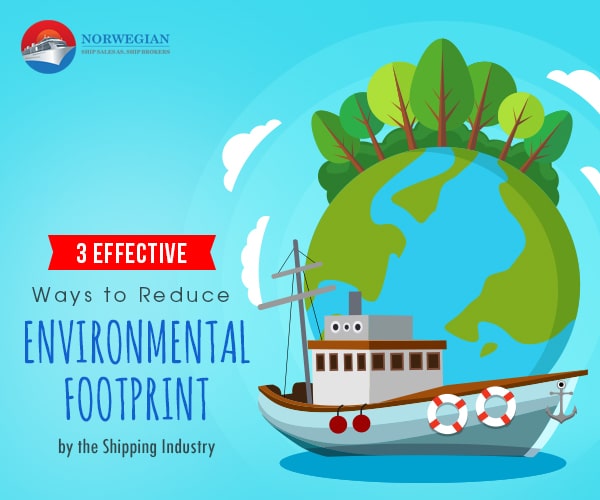The popularity of cruise shipping increased significantly over the last few years and the staggering numbers reveal much more. In 2016, a recording breaking number of 24.2 million passengers went on a cruise vacation, which was 4% higher than the numbers of the previous year at 23.02 million. To meet the demand of the increasing number of passengers, shipping companies increased the vessels plying the water. There are hundreds of vessels trading over the international waters and each come in varying sizes. Out of these, almost 69 of these cruise ships weigh more than 100,000 gross tons.
Now, these ships are run on fuel, and the total consumption depends on the size of the ship. A large cruise ship, on average, uses 250 tons of fuel per day. A medium-sized cruise ship uses 140 to 150 tons of fuel daily. These numbers are staggering. The cruise vessels produce waste in magnanimous volumes. In fact, according to various studies, the major cruise liners of the world dumped 1 billion gallons of sewage into the ocean in the year 2014. To add to that, there are no policies that prevent the ships from emptying their sewage into the ocean.
A similar situation can be witnessed for the commercial ships, with a record of 10 billion tons of cargo being carried in 2015. International shipping, both cruise and commercial, contribute 2.5% of greenhouse gas emissions annually. And the number is expected to rise 50% by 2050.
Thus, it can be very deduced that the shipping industry has a negative impact on the environment and there is no second guessing that! Most of the vessels do not undergo proper maintenance schedules and have old engines that neither perform efficiently nor are eco-friendly.
So, what can be effectively done to reduce the environmental footprint created by the shipping industry?
Here has been summarized three ways that answer the existing problem.
Improving the Quality of the Fuel
Cheap fuel when burned releases nitrogen, carbon and sulphur. These are toxic pollutants that cause 70% of the environmental issues that exist today. Sulphur oxide dissolves with water easily, which evaporates with the rest of the seawater, condenses to form clouds and causes acid rains. This is why most of the shipping companies are opting for refining the fuel before they are used. It is a simple procedure to reduce the number of oxides contained in the fuel, thus increasing its quality and reducing environmental footprints. The International Maritime Organization is the arm of the UN which is responsible for overlooking the activities of the shipping industry has planned to reduce the contents of sulphur allowed in fuel. The change should become effective within the year 2025.
Installing Scrubbers
Ships use heavy fuel oil like HFO, which is one of the biggest reasons for the negative impact that the vessels have on the environment. Using a light fuel that both serves the purpose while also being clean is important to reduce emissions. Since low-sulphur fuels cost higher, most shipping companies deter from using it. This is the primary reason why most ships have started installing scrubbers. The exhaust from the engine is captured by the scrubbers, which converts the harmful nitrous oxide gas into nitrogen and water. This has prompted owners to update the older ships. Scrubbers reduce the need to swap for expensive fuels, while also bringing in the right approach to environmental impact. Since these are cost-effective, scrubbers are an efficient solution.
Reducing the Overall Energy Used
Fuel used on the ships not only run the engines but also generates electricity on board. This means that everything from running the systems to using lights in the rooms, everything is based on the fuel consumption. To reduce the environmental footprint, appropriate energy conservation methods should be adopted by the vessels. This will result in burning less fuel, ultimately decreasing the overall emission. Replacing the old lighting fixtures with energy-saving LEDs is one way to reduce energy consumption. A few vessels have updated their temperature controlling systems and some have even installed stern flaps that change the water flow under the hull, reducing drag. All of these increases fuel efficiency. With simple changes to the energy consumption, the vessels can decrease the total environmental footprint created.
To conclude, this help reduces the negative impact that the shipping industry has on the planet. The above-mentioned points are the immediate solutions which can reduce the total greenhouse emissions and make a real-time difference to the environment.


